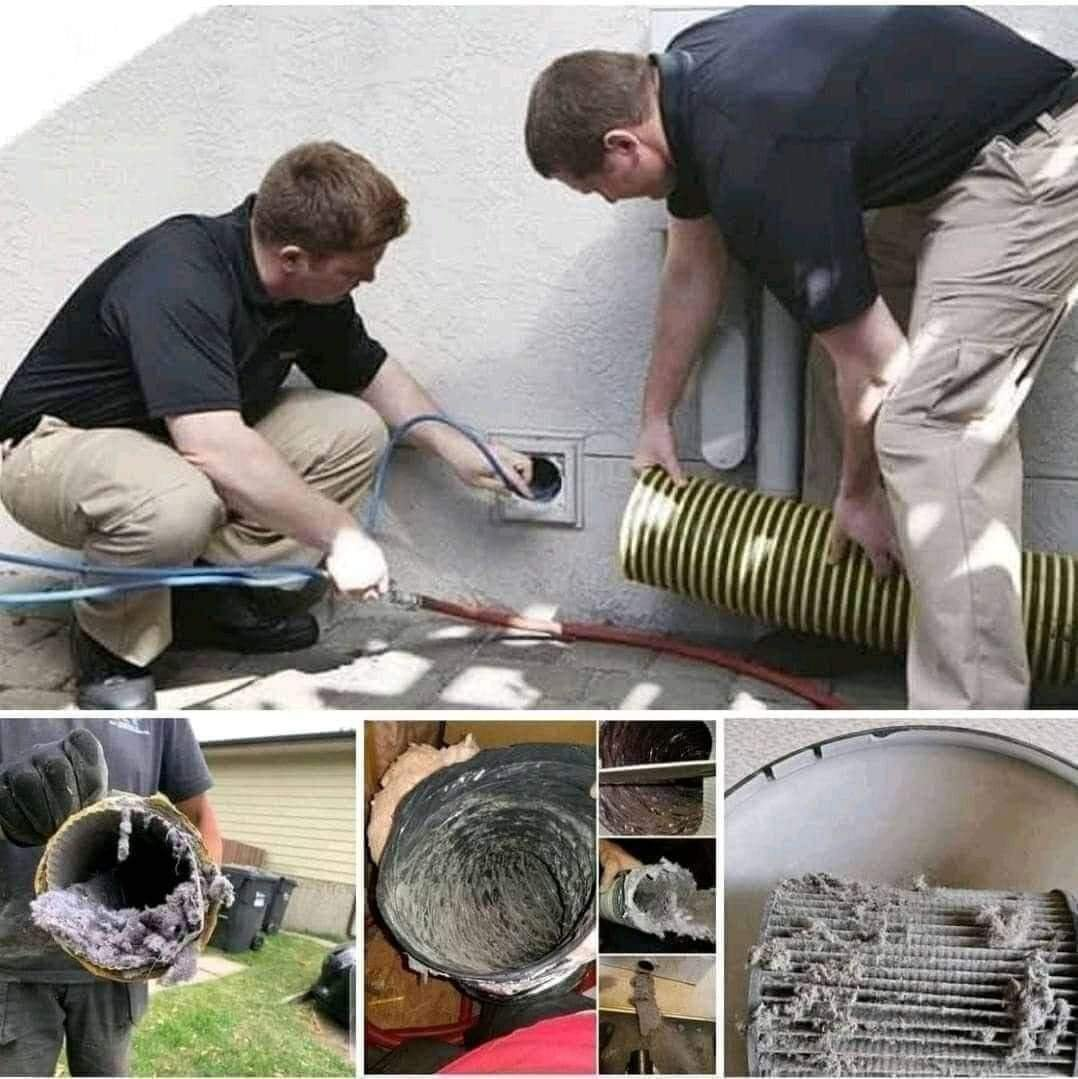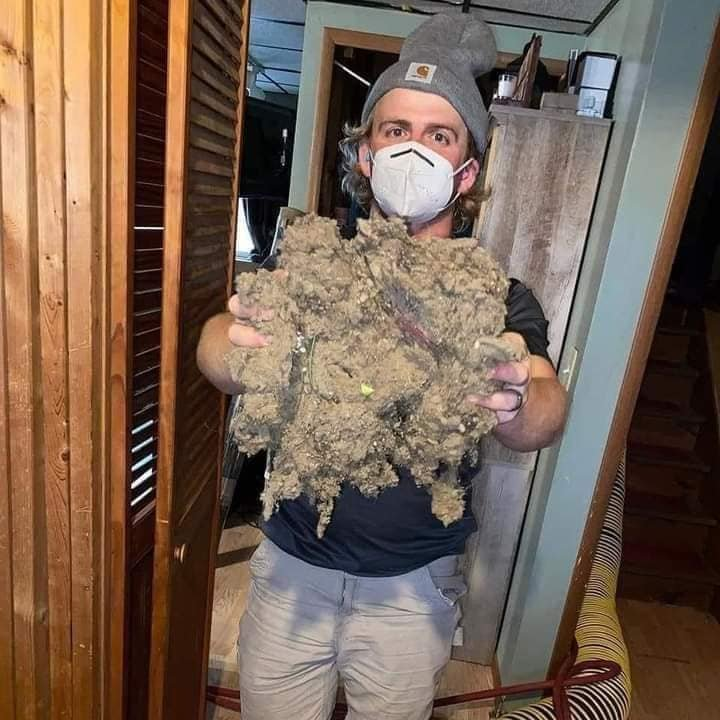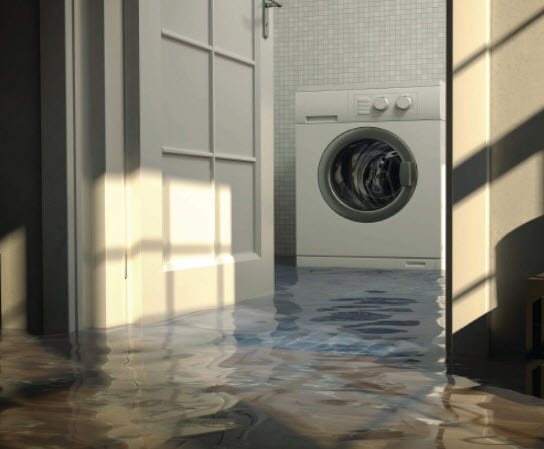Do you need your laundry room repaired ASAP?

Serving Omaha & Surrounding Communities
What Are Clues Your Dryer Vent Needs Cleaning?
If your dryer is taking longer to dry a load than it used to, then the vents may need cleaning. As a general rule, dryer vents should be cleaned every six months. A simple reminder is to start cleaning dryer vents the same day you change your clocks for daylight savings.
What Is The Purpose Of Cleaning Dryer Vents?
As your clothes dry, they produce lint, and the lint trap doesn’t catch all of the lint that goes through your dryer. By cleaning dryer vents that are outside of the lint trap, you are removing this excess lint.
Where Are The Dryer Vents?
When cleaning dryer vents, you need to make sure you clean the vent located at the rear of your dryer, as well as the route of the piping to the outside of your home.
Should I Clean My Vents On My Own?
You can easily hire someone, or if you are comfortable and willing to purchase the proper tools, you can easily clean the dryer vents yourself. You can find tools at hardware and home improvement stores, or online made specifically for cleaning dryer vents. When cleaning dryer vents, you will need a circular or horizontal brush that is on the end of a plastic/metal pole or durable line. Ask a professional to help you find the best tool to match your dryer’s needs and shape.
Take this simple step towards fire prevention in your home that will go a long way toward keeping your family safe.
How To Prevent Fires Caused By Dryers
According to the U.S. fire administration, over 2,900 clothes-dryer fires are reported every year. Most of these fires result due to buildup of lint inside the dryer or inside the pipe that usually vents to the outside. While there are many fires that result from the dryer, the good news is that you can prevent the fires from coming up by doing the following:
Cleaning the lint trap regularly
The lint trap is the unit that traps bacteria, dust, and any other particles that might buildup inside the dryer. To prevent lint from building up in the vents, it’s highly recommended that you regularly clean the lint trap. Experts recommend that you should clean the trap before each drying cycle.

Ensure that the piping system is smooth
Dryers are usually connected to pipes that vent to the outside. To ensure that the vents don’t accumulate lint, you should ensure that pipe is smooth-walled and metallic. You should also ensure that it’s not connected with screws that protrude through. This is because screws that protrude though have high chances of catching hint.
To be on the safe side you should connect the vent pipe to the dryer using a hose clamp and tighten it using a screwdriver or a quarter-inch nut driver. If the seal is loose, you should reseal it using a metallic tape in order to improve the seal between the two pipes.
Once you have connected the pipes you should look at them and ensure that they are tight. You should also take a look at the pipes and ensure that there are no joints and seams.
In addition to this you should also take a look at the pipes and ensure that they are not bending or sagging. This is because lint tends to build up in hanging pipes.
Clean the dryer regularly
The number of times that you should clean the dryer depends on how you use it. For example, if you have a large family and you use the unit twice a week, it’s recommended that you clean it after every six months. On the other hand if you live alone and you use the dryer only on weekends, you should clean the unit at least once every four or five years.
When cleaning the dryer you should remove the front-access panel below the door of the dryer and vacuum any lint that might have buildup. You should also take a look at two small openings that are usually located on the lower backside of the dryer. The openings tend to accumulate lint; therefore, you should take a look at them and remove all the lint that you find.
Flooding by washer hoses bursting
Washing machines call for constant attention and maintenance from the user. Washer hoses need special attention as a faulty hose may create a little flood in your house. The pooled up water along with mounting laundry is fit to drive any one mad. Hence, make sure your washer hoses stay fit and strong for you to enjoy uninterrupted service of your washing machine.
Washing machine hoses are made of two types of materials. They are reinforced rubber and reinforced stainless steel. The reinforced rubber hoses are similar to the hoses you have been using so far. The difference lie in the use of rubber with materials like rayon and polyester which makes the hose last longer. The reinforced stainless steel hoses are supposed to last longer.
However, evidence shows us that they too wear out like their rubber counter parts. The reason for this wearing out is that though the exterior is made of tough steel the interior is made of rubber!
In short both type of hoses last more or less the same! The steel hoses may provide a longer guarantee but, it is wise not to get carried off with the glitter and warranty period of the steel hose. The best alternative is to check your washer hoses whether they are rubber or steel regularly, and make sure they stay in good working condition. Equipping your self with some knowledge of the issues that cause the corrosion of your washer’s hose will help you to keep it fit to last longer.


Many reasons attribute to the deterioration of your washer hose. First one is long storage in the warehouses. If washing machines are kept for a long time sitting, it wears out with age. If you happen to be the unlucky one to purchase and install it, it will become damaged faster than you anticipated. Second villain is the chemicals merged in the water you use for washing.
They cause the hoses to decline fast. Third factor that makes the washer hoses to deteriorate is manufacturing defects. In this case the fault lies entirely with the producer. The last cause for the decay of washer hose is defective installation. If the hose has bends and twists, it will make the hose weak in time as it put more pressure on certain points.
Ensure the hose is minimum 3-4 inches away from the wall and the back of the washer. This is easier said than done! Everyone does not have space enough to leave out 3-4 inches. In such instances the best alternative is to custom make a hose that has a right-angle connector. It might not be as easy as you think as local stores usually do not store such hoses.
Serving Omaha & Surrounding Areas
Hours of Operation

ASAP Appliance & Plumbing
Ready To Help Today! Send your info below


